20 confirmed SEO penalty causes : Latest Google update 2021
20 confirmed SEO penalty causes : Latest Google update 2021
We explain how to detect if your website was penalized and how to solve it
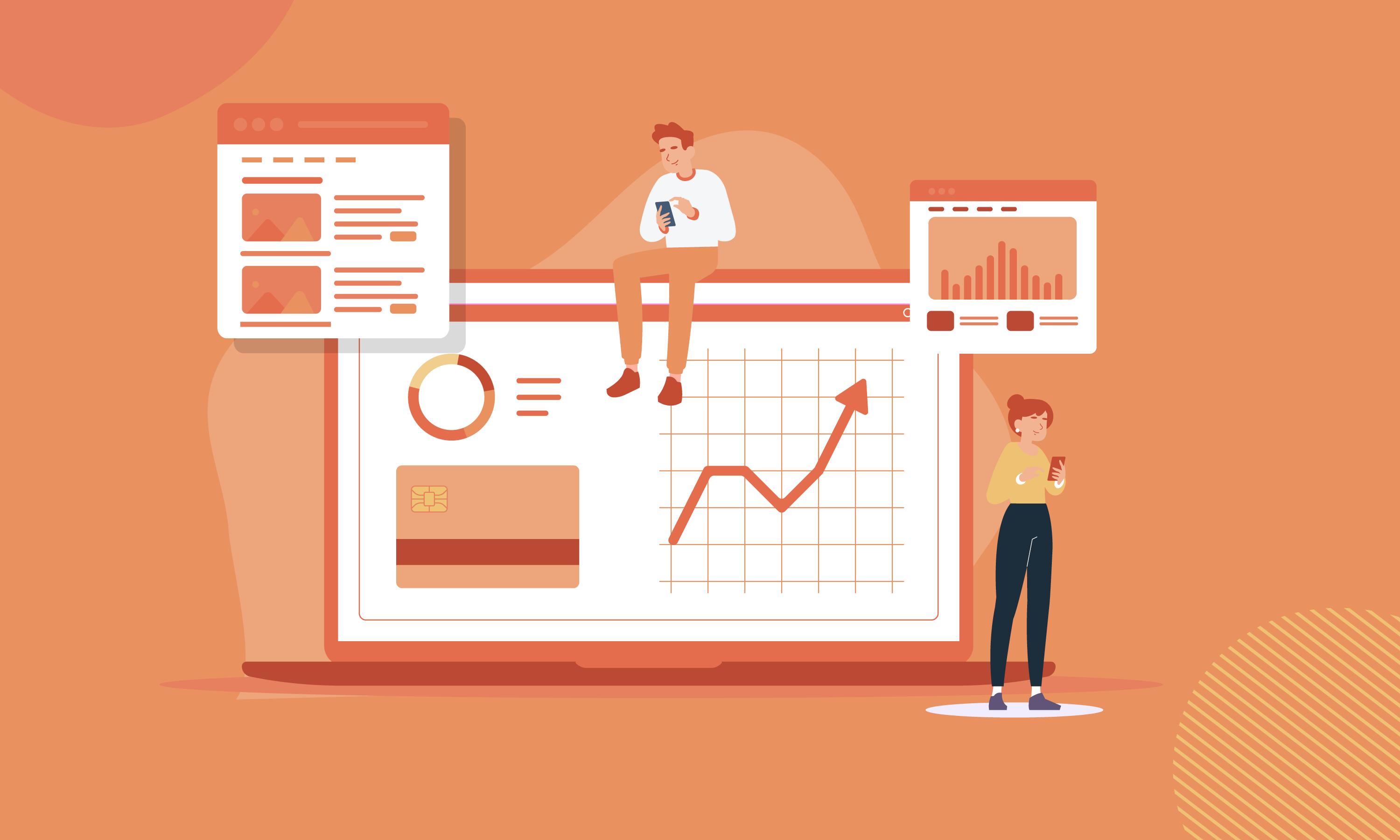
Organic search engine positioning is a complex task. Google’s algorithm is modified about 500 times a year, to improve the user experience. Consequently, it applies SEO penalties to thousands of websites: some for practicing illegal techniques (Black Hat SEO) and others for actions that were considered correct, but stopped being so in less than 24 hours.
Keeping track of all these changes is not easy, but in this article we have compiled the 20 confirmed SEO penalty reasons so far.
If you still don’t fully understand how website optimization for Google works, we recommend reading our SEO positioning guide for beginners.
SEO penalty for over optimization
1) Cloaking
Cloaking consists of hiding part of the content from Google.
When the website detects the visit of the Googlebot, it shows you a version optimized for indexing and ranking. Not visible to users.
Many years ago, this technique was applied with Javascript to display different content, an action that Google could not interpret. It was also very common to redirect users to other content, long before the original website loaded.
Cloaking is currently totally useless. The Search Console is capable of displaying a preview of the website as seen by users and Google.
Moral : “ Am I treating users differently than Google? So I’m doing something wrong . ” (Matt Cutts, CEO of Google).
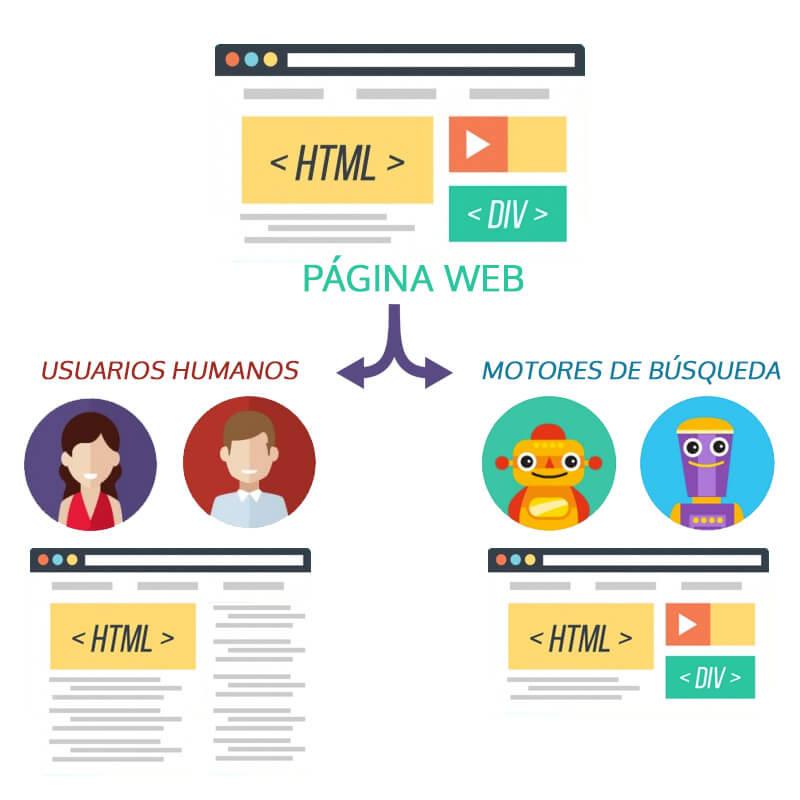
2) Keyword Stuffing (keyword over-optimization)
When it became known that search engines ranked results by keyword density, websites with excessive repetitions proliferated. This is one of the Black Hat SEO techniques most penalized by Google.
If we wanted to apply Keyword Stuffing in this article, we would repeat the phrase ” SEO penalty ” in each sentence . Consequently, no one would take our content seriously.
The correct thing is that if we are going to explain what the “SEO penalty” is, we also use other synonyms such as “Obsolete SEO techniques”, “Disused SEO techniques” and even “SEO strategies that do not work”.
Playing with semantics is the key to enriching the writing of our text. Let’s remember that we write for our target audience, not for the Googlebot.
Moral: In SEO, when something sounds weird, it is usually wrong.
If you want to carry out an effective keyword study and avoid Google penalties, we recommend reading our Guide to doing Keyword Research in 4 simple steps.
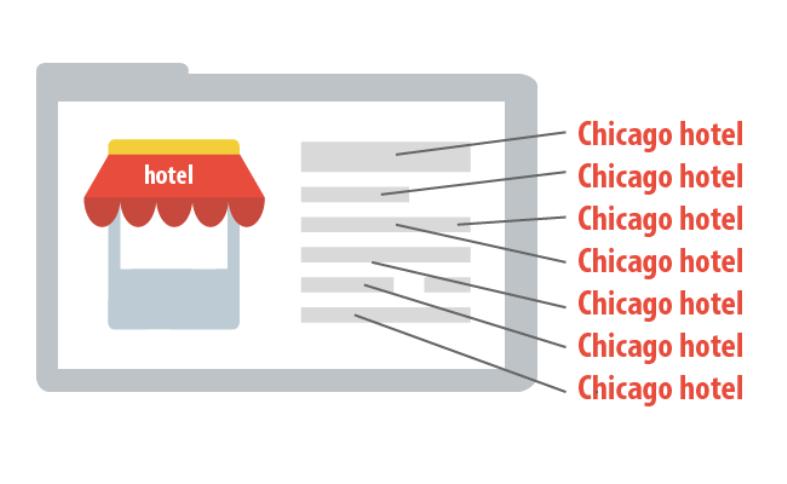
3) Hide text
Another obsolete SEO technique, very similar to Keyword Stuffing, consists of hiding part of the content in the text field. The user cannot see it, but the algorithm tracks it perfectly.
How does it work? Using the same background color in the text, so that it is impossible to read; overlaying an image to hide the keyword, moving the keyword off the screen or reducing the text size to zero.
Currently Google understands styles and easily recognizes this type of deception.
Moral: If you have to hide the keyword, your SEO will not work.
4) About optimization of meta keywords
Meta keywords are HTML tags that tell crawlers what the content is about.
In the past, they played a key role in organic website positioning. As they were not visible to the public, they could easily contain all the variants of a keyword and thus climb positions in the ranking of results.
But after many updates, they no longer contribute absolutely anything to SEO.
Basically, it’s like they don’t exist.
Many sources contradict themselves as to whether the over-optimization of meta keywords is a cause of SEO penalty. We recommend not using them to avoid risks.
5) On optimizing the H1

The H1s are an HTML tag that represents the header or title of a content. They are very important in SEO.
As part of content optimization, it is recommended that the H1 text contain the keyword.
However, if all our H1s have the same keyword or are over-optimized, then we will be incurring a form of Keyword Stuffing.
SEO penalty for plagiarism and duplicate content
6) Spinning: Plagiarism of content and bad user experience
We have already commented on the importance of writing original and quality content for our potential clients. But not all apply best practices.
Sometimes they just take original content and try to recycle it to save time. They use software that is responsible for rewriting any article, using synonyms.
This Black Hat SEO technique is known as Spinning.
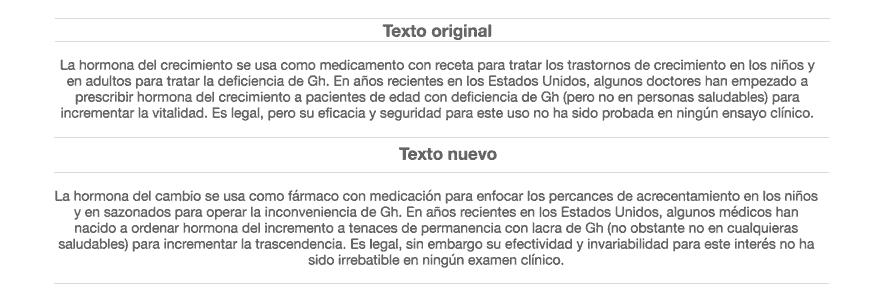
The result of a spiky text is a nonsensical article that totally affects the user experience.
Google’s algorithm update, known as Panda , ended this bad practice and added value to readability and originality factors.
So taking the easy route when writing is also an SEO penalty.
7) Stolen content
Google is very strict when it comes to plagiarism. It will penalize if it detects that our content is an exact copy of another website or a slightly modified version (with some word changes).
8) Duplicate content

Duplicate content refers to when two or more urls on a website have exactly the same information.
However, Google only penalizes this error (which is often accidental) when there is a lot of duplicate content on a website.
But just because Google is flexible doesn’t mean it’s a minor flaw. Duplicate content greatly affects SEO: it splits social shares and Linkbuilding efforts. Also, it confuses crawlers and affects content indexing.
For more details on how to find and resolve duplicate content, we recommend reading this article.
SEO penalty for bad Linkbuilding practices
9) Abuse link building

Link building has been the most effective way to measure the importance of a website for many years.
Google has an algorithm called Page Rank, which measures authority according to the number of domains that link to it. These links are known as backlinks.
To gain prominence in search engines, many companies started buying backlinks. This meant giving more importance to quantity than to quality.
Google regulated the situation with the launch of Google Penguin , an algorithm capable of recognizing artificial links.
Now, SEO positioning depends on the quality of the backlinks the website receives. If Google detects purchased links, it will penalize without a doubt.
Moral: Buying links and preferring quantity to quality is a losing bet in SEO.
10) Excess of reciprocal links
Another practice associated with Linkbuilding that Google rejects is the exchange of links. The algorithm considers these links to be unnatural.
It is very common that, strategically, we consider the option of linking our blog with another website in the same category, in exchange for receiving the same favor.
This technique should be applied prudently to avoid SEO penalties.
11) Place many links in the footer

There are some practices that can be considered harmless, but they are not. For example, placing links in the footer to drive traffic to the most important pages of the website.
However, Google considers this technique to be unethical. Our recommendation is that you only put three or four links in the footer, including one to the security policy and the other to the conditions of service.
12) Link to suspicious websites
The quality of the links that enter and leave our blog, depends directly on the authority of the sender / receiver domain and its relationship with the nature of our company.
This means that if our website is about Life Insurance and we link it to a celebrity portal, with a reprehensible user experience, our credibility will probably be compromised.
This makes us lose confidence points and therefore, we descend in the ranking of results.
13) Few external links
Although in a solid Linkbuilding strategy, the first thing is to strengthen the structure of internal links. We cannot neglect external links.
Internal links are those that link pages within our website. And the external ones, those that refer to other related domains.
It is recommended that each blog include at least one external link, to maintain a good balance.
Otherwise, Google could rank other domains above us if they meet this premise.
14) 404 Pages: Broken Links
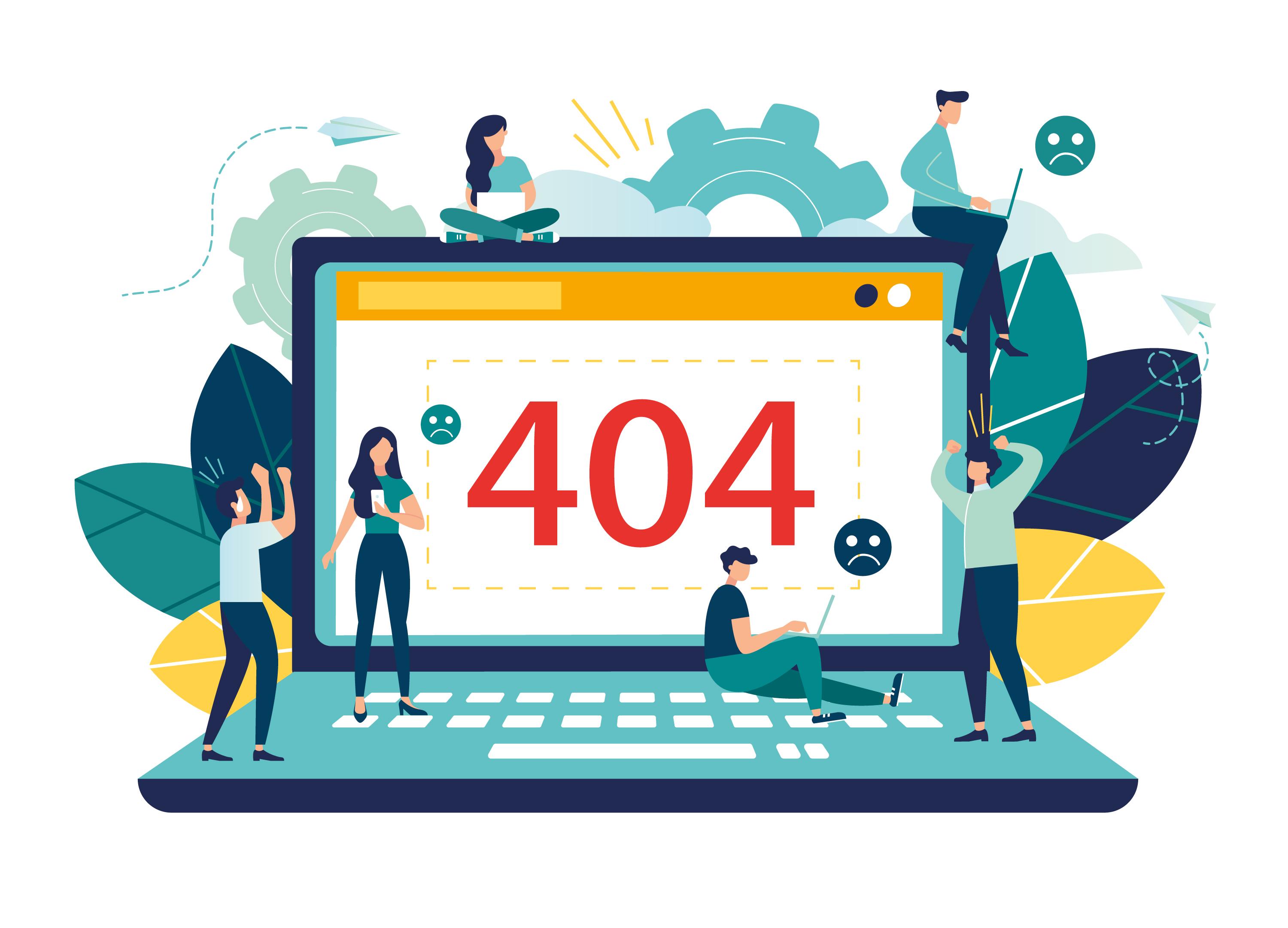
One of the most common reasons for SEO penalties is accumulating broken links.
The links break when we delete some content or change it category, because this action modifies the url of the destination page.
So, two situations can occur:
If our page was positioned in Google and it was a fixed entry of organic traffic. When the link is broken, the user is redirected to a 404 (not found) error page. When bots recognize this situation, they automatically rank other websites that can take advantage of that flow of readers. And eventually, we lose positions.
The second circumstance occurs when the website accumulates many broken links. This tells Google several things: First, that there is no clean internal link structure. It means that the user experience will be limited. And secondly, it reflects lack of maintenance and updates.
In all cases, we run the risk of suffering an SEO penalty.
15) Repeating Anchor Text
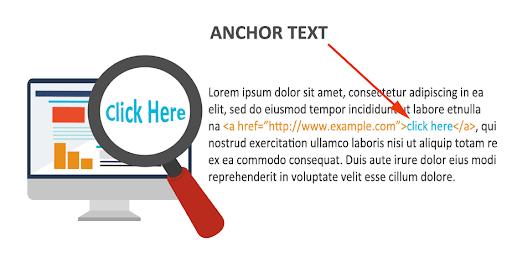
The Anchor Text (anchor text) refers to the visible text when we add a link or hyperlink.
A common practice, but one that Google considers SPAM, is to repeat the same keyword in a handful of anchor texts, in order to position it in search engines.
The politically correct thing to do is create natural anchor text. That they fit with the text, without abusing the keywords.
To better understand how this resource works, we recommend you read the following article from the 40 Fever academy .
16) Guest Blogging: When used inappropriately
Guest Blogging is an activity that SEOs practice to generate inbound links to our website. It is about creating original articles and publishing them on other related portals, as a guest author.
This Linkbuilding technique is well regarded by Google. Except when it is abused.
Some, to save time, publish the same article on several websites. Or in the worst case, they plagiarize information. When Google detects any of these irregularities, the SEO penalty is unavoidable.
Moral: In SEO, the easy way never produces good results.
17) Private blog network (PBN)
In a few lines: a private blog network consists of developing several websites that link to our main domain, to enhance its authority.
This is a 100% safe practice, but one that Google rejects.
The reason is very easy to explain. For Google, backlinks are votes. If other domains vote for us, then we deserve to be in the first results. But if the votes are ours, it is cheating.
However, this Black Hat SEO technique is one of the most used by large agencies for companies to lead the market in less than a year.
One point in favor is that the SEO penalty for having a blog network can be solved by removing the links. Which is a fairly low price. In addition, the only notable cases of sanction refer to organizations dedicated to the sale of links.
In conclusion, the blog network is a strategy that gives excellent results. But under certain parameters.
SEO penalty for bad user experience
18) Loading speed: If the site takes more than 5 seconds to display the content
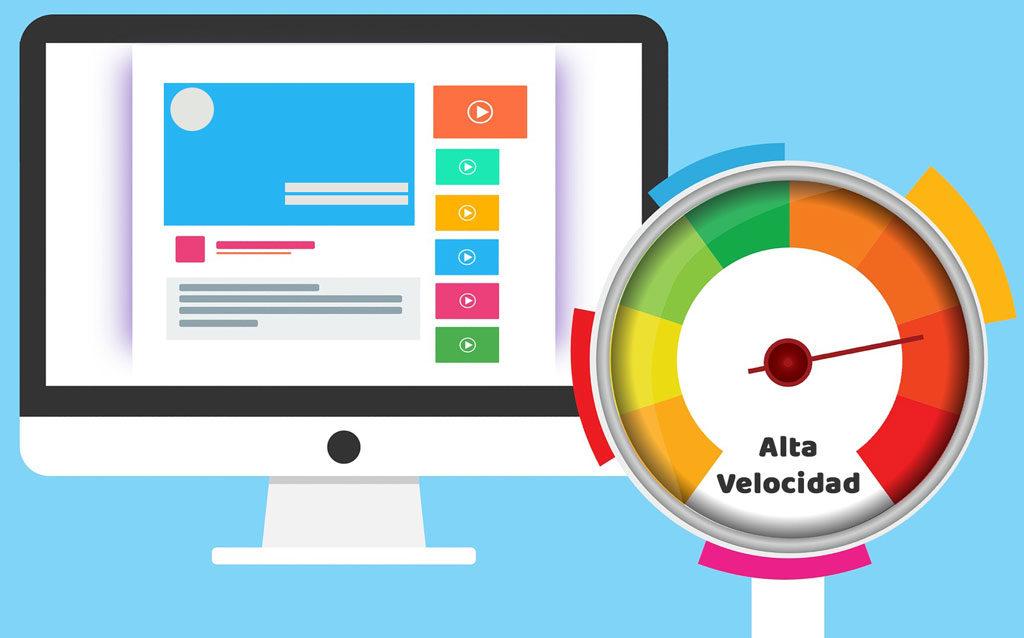
One of the most important factors for Google is loading speed. A fast website guarantees a better user experience. The metrics improve and the indexing and ranking process in search engines is also streamlined.
But otherwise, if the website loads very slowly, it will quickly drop positions in the results pages.
19) Spam in comments
Another reason for penalty is accumulating SPAM comments on blog entries.
Although some prefer to disable the comment box, we recommend the opposite. Allowing user feedback not only increases the credibility of the brand, but also helps with SEO positioning.
Some sources, like Shopify, claim that allowing comments increases organic traffic to the website by 31%.
So, removing spammers’ comments is enough to protect the SEO of our portal.
20) Excessive advertising (Google Adsense)
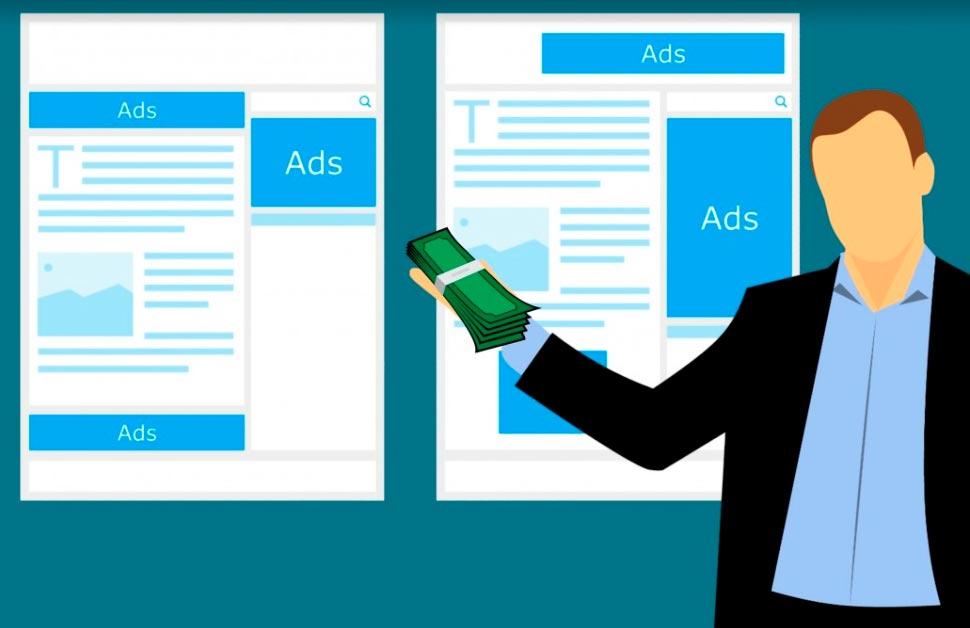
Having a blog can serve different objectives.
Generally, when implemented as part of an Inbound strategy, we only use the Google Adwords service (advertising on Google) to gain momentum in the first few months, while the SEO strategy takes shape.
But in some cases, when the blog is part of an inexpensive proposal based on the Google Adsense service, the situation is different.
Google Adsense is a product of Google, which allows publishers to embed advertisements in blog posts and other website pages, to earn revenue per click.
In this case, when the Googlebot detects a lot of ads, it considers the website to be untrustworthy.
In Inbound Marketing, it is best to develop an ad-free SEO strategy.
How do we detect an SEO penalty?
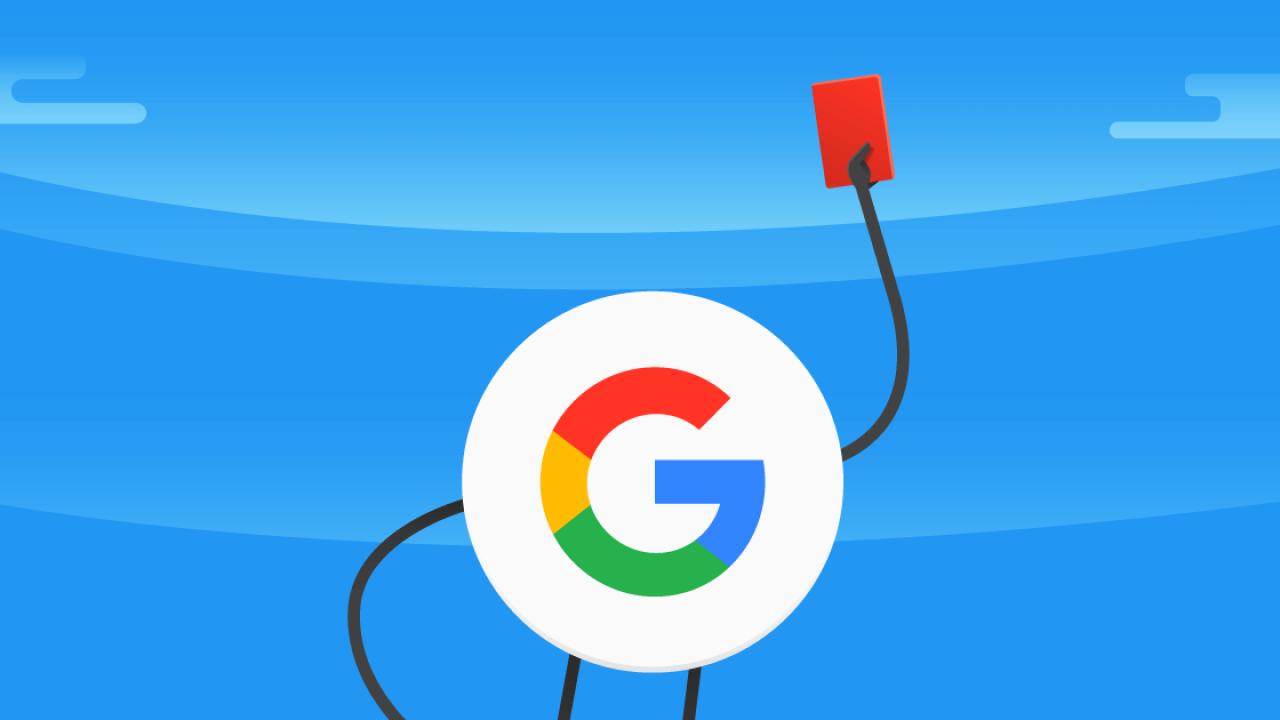
If the penalty is manual, we will receive an email from Google notifying the anomalies it detected on our website.
But if the penalty is algorithmic, it changes things a bit. You can detect it by checking these indicators:
✔ Did our site stop ranking an important keyword for the company?
✔ Our keywords dropped drastically in position?
✔ Are we still indexed in Google?
✔ Is our home still positioned?
We can also check if we had a drop in organic traffic with tools like Google Analytics, Semrush or Ahrefs.
How can I get out of a penalty?
If the sanction was manual, it is quite simple. The email from Google tells us what our mistake was and we just have to solve it.
Of all the penalty causes, the most complex to correct would be those related to purchased or suspicious links.
In this case, we must study which backlinks are harming us, contact the webmaster of each domain and request that the link be removed. Some will help us, others will not respond.
Assuming many don’t help, we’ll use a Google Disavow tool to report to Google which links we can’t remove. The rest will be in your hands.
Now, if the penalty is algorithmic, we are tasked with identifying the problem on our own and solving it. Then we must wait to confirm if our traffic increases or we climb positions again.
Summarizing…
The SEO professional has the responsibility to keep an eye on Google’s algorithmic updates, to avoid penalties.
You must also be able to build a solid positioning strategy, avoiding the easy way. Otherwise, you could lose your customers a lot of money.
And most important of all, SEO is a technique that takes time. The results are quarterly or semi-annual. It is important to be patient and constantly monitor the performance of the strategy.







